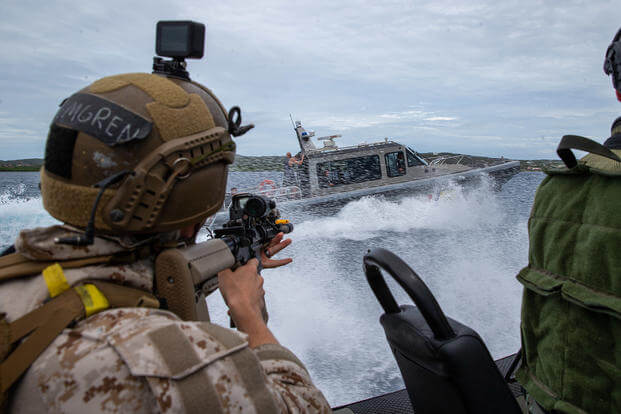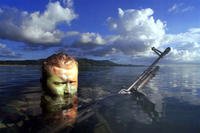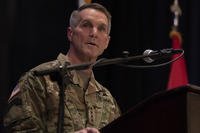In 2001, there were roughly 500 RECON billets within the USMC. Today, there are more than 2,000 RECON Marines, which demonstrates the necessity for RECON units within the USMC in today's warfare climate. When MARSOC was created, it left a hole in the USMC Special Operations Capable forces as two Force RECON companies were changed into MARSOC. Force RECON have since rebuilt and are fully operational with the Marine Expeditionary Force. The major difference between MARSOC and Force RECON is that MARSOC is under the command of Special Operations Command (SOCOM), whereas Force RECON works directly for the USMC Marine Expeditionary Force Commander.
RECON MISSION: The mission of Force RECON is to conduct amphibious reconnaissance, deep ground reconnaissance, surveillance, battle-space shaping and limited scale raids in support of the Marine Expeditionary Force (MEF), other Marine air-ground task forces or a joint force.
From the Marine Corps website:
For a military operation to be successful, a number of factors and personnel must come together to make the show run smoothly. For the intelligence community, one asset provides some of the most updated and accurate information: Marine Force Reconnaissance.
During Javelin Thrust 2011, Marines with the 3rd Force Reconnaissance Company out of Mobile, Alabama, will support the 1st Marine Expeditionary Brigade for training operations during Javelin Thrust while sustaining their skills. One example is providing reconnaissance on a landing zone for a helicopter-borne raid being conducted by Company E, 2nd Battalion, 24th Marine Regiment during the final exercise.
"We have to give them all the information possible, basically make it to where they can walk in, just pick the perfect time, the perfect place, when they have the least amount of security up," said Cpl. Preston Norton, a reconnaissance man with the 3rd Force Reconnaissance Company.
The Marines will observe enemy positions and relay the intelligence back to the MEB G-2, or intelligence staff section, where it will paint a picture of the battlefield for the commander. They even can take a direct hand in combat operations.
"It's the commander's decision on whether or not to employ these assets," said Lt. Col. Sam Porter, the acting G-2 operations officer for I MEF. "We provide the best assessment keeping with the commander's intent. When the commander gives the thumbs-up, we employ those assets accordingly, and force recon is a great asset to have. They can go places a lot of people can't go."
It's these unique capabilities that make recon so valuable. Where other sources can be from more of a distance or human sources, recon gets right to the fine details.
"We give the commander eyes forward of friendly lines," said Staff Sgt. Jonathan E. Wood, the acting operations chief for 3rd Force Reconnaissance Company and a Pensacola, Florida, native. "One of our fortés is being extremely covert and able to get very close to the enemy without being detected, though we do have a limited direct interdiction capability."
Recon Marines also can enter from multiple platforms such as parachute, helicopter and water, and even can call in fire support if needed, Wood said.
Before Recon Marines can go out, however, there is a lot of preparation, including many briefs. Most notably, the confirmation brief finalizes Marines' preparation for the mission as they check and pack their gear.
"If a Marine doesn't have a particular piece of gear and things go wrong, that could cost lives," said Norton, a Hammond, Louisiana, native. "Your equipment is important, period. It's really one of those things that we just like to double- and triple-check so we can be absolutely sure we have everything we need."
Working on either side of the intelligence spectrum is valuable to the commander's plan. With an innate understanding of the enemy, he can make more well-informed decisions by having all the knowledge that can be attained through these assets.
"We've got many Marines who are so good at their technical jobs and are working hard, away from their families, not only on deployments but on exercises like this as well," said Porter, a West Chester, Pennsylvania, native. "Without them, a lot of the things we do might not be attainable because they are just that important. They deserve the gratitude of a nation."
Ready to Join the Military?
We can put you in touch with recruiters from the different military branches. Learn about the benefits of serving your country, paying for school, military career paths, and more: sign up now and hear from a recruiter near you.












